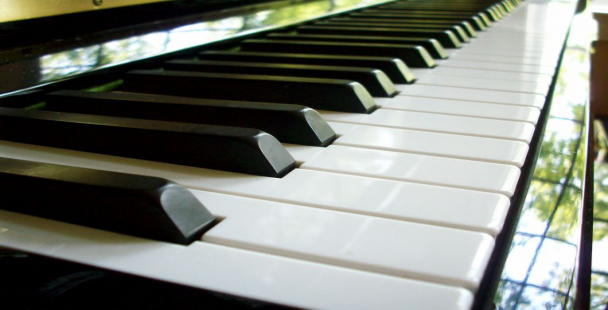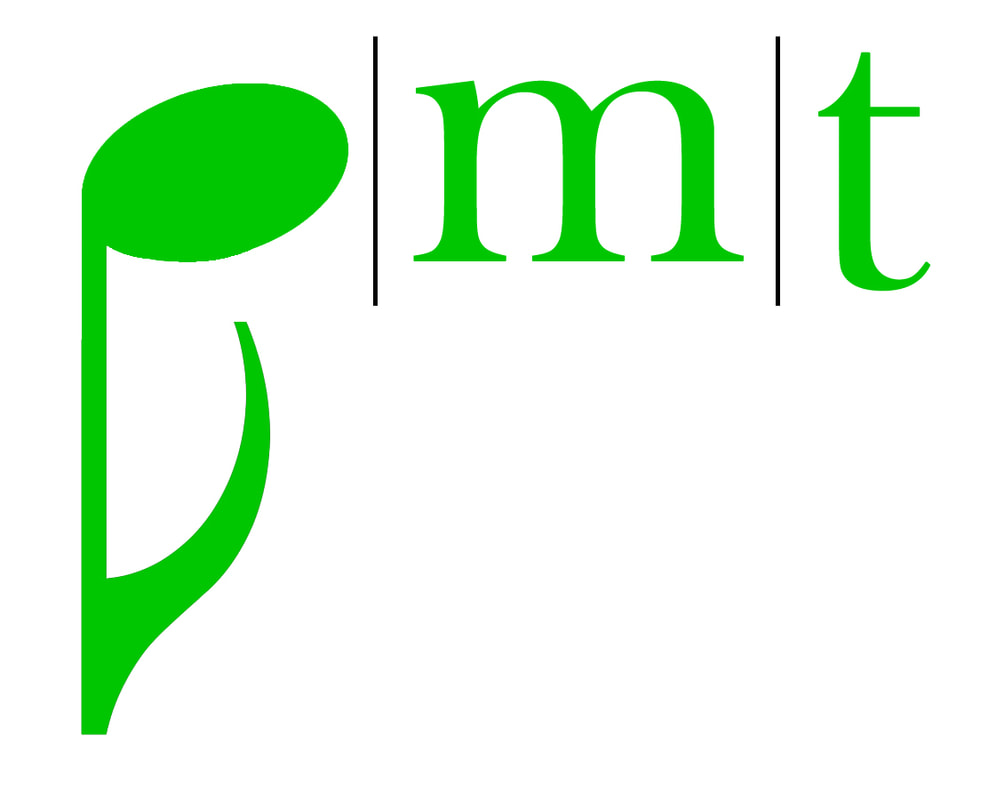 Do you want to finally learn that favorite piece or regain your skills? Does a family member dream of learning a new pastime? Just wanting a creative space to escape to during the week? Whatever your reason, PMT can assist you during the instrument selection process! Difference in electronic keyboards and an acoustic piano A quality electronic keyboard or a used acoustic piano are both options for beginner/intermediate musicians! Here are some pros and cons. If money and space are not issues, purchasing a new or used acoustic piano is the recommended option! An acoustic piano provides the opportunity to create more colors and nuanced sounds, and the learner will be more likely to explore healthy use of the arms and body to create that preferred sound. Also, the mere presence and visual spectacle of the instrument motivates the learner as an invitation to walk up to, sit down and explore! Considering a keyboard? Read on! The keys on electronic keyboards are typically easier to depress. Therefore, starting on a keyboard can be helpful for an adult who has tension issues or for the young beginner with smaller hands. This lighter “weight” of the keys can be helpful for the learner who is working to avoid pushing the keys in an attempt to make sound. All pianists should aim to develop a technique that is free from tension and, instead, utilize arm weight for ease of playing. Please note: acoustic pianos can also have lighter “weight” of the keys, but it is a more common feature found on electronic keyboards. Another highlight of an electronic keyboard is that it takes the least amount of space in your home since there is no cabinet or height restriction. An average length for an acoustic - upright piano - is around 59 inches and depth of 20 inches. The average length of an 88-key keyboard is 52 inches and depth of 13 inches. Please note: ask for measurements of the instrument prior to purchase to guarantee size. The full 88-key electronic keyboard is recommended since the learner will have optimal creative exploration and development of expansive technique. If space and money is truly a restriction from owning a keyboard, a 66-key keyboard is an option! Keep in mind, the electronic keyboard should have a pedal, bench for sitting, and stand to hold the instrument (sometimes sold separately) and also have "weighted" action (so that it will feel like an acoustic piano). Additional advantages are the following: you do not have to tune a keyboard and it can be moved easily for portability/room set up. Acoustic pianos are typically tuned twice a year at seasonal changes due to humidity. Lastly, some learners find keyboards to be a motivational practice tool since recording features are built into the keyboard. The learner can provide self-feedback on one's practicing or performance recordings. A starter, acoustic piano is typically in the $500-1000 range, which is comparable to a starter electronic keyboard and its accessories listed above. Once learners develop in their studies, they will want to invest in a higher quality, acoustic piano to foster their technique and, most importantly, to receive a more beautiful sound as a result of their actions. People may have luck searching for used pianos via Facebook MarketPlace or local Craig's List ads. Also, Marshall Piano Company in Rock Hill, SC is a local option for piano inventory (they deliver too!). If a person is deaf or has an hearing impairment then an acoustic piano is recommended because of the authentic harmonics present in the sound and the ability to feel the authentic sound vibrations. After purchasing your electronic keyboard or piano, ensure the bench height is ideal for the player and that a foot stool is available for people whose feet do not reach the ground. Enjoy tickling those ivories or jamming out an oldie!
0 Comments
|
PMTProviding music therapy services for early childhood to older adults, music instruction and enrichment plus continuing music therapy education in Greater Charlotte Area of the Carolinas. Archives
May 2024
Categories
All
|
Piedmont Music Therapy is a 501(c)(3) status organization.
Piedmont Music Therapy accepts donations via venmo @piedmontmusictherapy or any amount through QuickBooks. Contact us to arrange an electronic pledge!
Main Location |
|


 RSS Feed
RSS Feed
